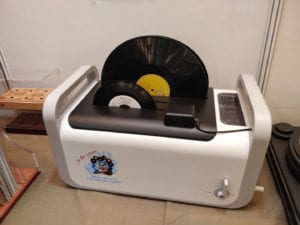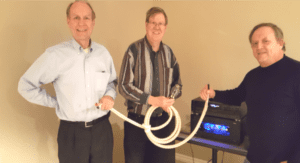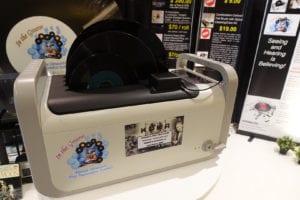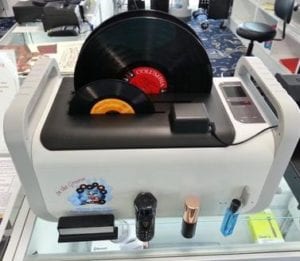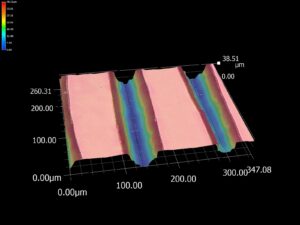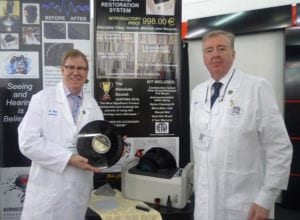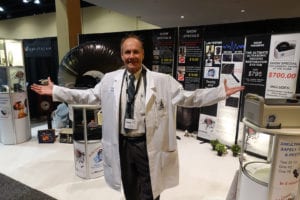
-------
NEXT EVENT:
StereoNet Australia
August 2025
Details to follow.
LIVE LIVE LIVE:
Scheduled for Jul 12, 2025 #vinylcommunity #audiophile #recordcleaning
🎧 The Audiophile Show kicks off with a very special guest: Charles Kirmuss of Kirmuss Audio, the man behind one of the most talked-about record cleaning systems in the vinyl world.
This new LIVE format — created in collaboration with Shane from @anaussieaudiophile — puts YOU in the front row. Ask questions, join the conversation, and engage with guests in real time.
📌 What we’ll cover:
* Charles’ controversial approach to ultrasonic record cleaning
* Myths and misunderstandings in vinyl maintenance
* Real-time Q&A with YOU, the audience
💬 Join the conversation. Ask your questions. Let’s kick this series off with a bang.
—
🗓️ Stream Date: 7/12 8PM EDT | 13/7 10AM AEST
🔔 Set your reminder and don’t miss it!
🔗 Subscribe to Vinyl Latte: https://www.youtube.com/@vinyllattecafe
🔗 Follow An Aussie Audiophile: https://www.youtube.com/@anaussieaudi...
🔗 Learn more about Kirmuss Audio: https://www.kirmussaudio.com/
----
HOT OF THE PRESS AND JUST BACK FROM AUSTRALIA:
1) Do take a look at the latest videos of the Kirmuss process in action, unscripted. Recorded by "An Aussie Audiophile" (Shawn with 2.5K followers after a year) and presented on his YouTube channel), see the proof of record restoration and how we can both quantitatively and qualitatively measure the effectiveness of any record cleaning process. AND PROVE RECORD RESTORATION.
How does your current process compare?
Do current processes do anything more than just to shine a record?
In his intro video a record reseller saw his record that was previously cleaned and shined by a peer ultrasonic attest to where the Kirmuss process removed the air dried coating dried onto his record which the Kirmuss removed and RESTORED his record. Using the Kirmuss saw added $500 (AUS) to the selling price of the record.
-------
On our KirmussAudio YouTube channel. Two short video clips show two records that were brought in by their owners at the CONSAM and Kirmuss-Margules audio event in Mexico City this past November. Records brought in for us to restore were previously cleaned using a vacuum based cleaning machine and a purported 120KHz ultrasonic. As we do at all events, a before and after auditioning was performed.
In the video:
Connected was a spectrum analyzer.
See, hear and feel the results of Kirmuss Record Groove Restoration.
The KirmussAudio KA-RC-1 is not a surface cleaner or shiner.
Unlike peers,
We state and guarantee a 1.3 to 1.4 dB gain over floor and an 8% increase in frequency response in new pressings. Between 3 and at times upwards of 9 dB gain over floor and heard and measured an 18-28% increase in frequency response in our processing vintage records of provenance unknown.
2) To dispel yourself many of the mistruth as to record care, when considering the purchase of any cleaning machine or using any chemicals or process:
>Ask what is the change in the floor noise level and frequency response of the record after processing.
>If considering an ultrasonic machine, is it a real ultrasonic using cavitation, and if so, what is the measured cavitational energy in the tank and between all records from bottom of the tank to the top, measured in Cavins or Watts per Square Centimeter. THE KIRMUSS OFFERS 810 CAVINS from the edge of the record to the dead wax area.

